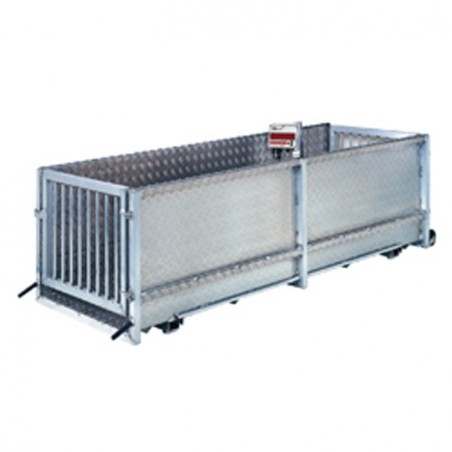For this purpose, a cross-sectional study in 70 Polish farrow-to-finish pig herds was performed. In each herd, presence of selected intestinal pathogens (Escherichia coli, Clostridium perfringens and Salmonella species) in faeces of suckling piglets were determined using bacteriological and PCR methods. Using logistic regression models, risk factors for enterotoxigenic E coli with fimbriae F4 (ETEC-F4) and C perfringens type A were established.
Prevalence of bacterial enteropathogens in investigated herds was as follows (on herd and sample level): ETEC-F4 30.0 per cent and 9.3 per cent, respectively, C perfringens type A 91.4 per cent and 58.3 per cent, C perfringens type C 1.4 per cent and 0.3 per cent, Salmonella species 2.9 per cent and 0.5 per cent. The occurrence of ETEC-F4 was associated with presence of diarrhoea in piglets and vulval discharge in sows. Vulval discharge in sows, not slatted floor in farrowing pen and lack of coccidiosis prevention were determined as risk factors for C perfringens type A.

The results obtained in the study revealed the high prevalence of enteropathogenic bacteria in pig herds and indicate management and organisation of production as factors having the greatest impact on the incidence of bacterial enteropathogens in piglets before weaning.
A. Dors, E. Czyżewska-Dors, D. Wasyl, and M. Pomorska-Mól. Prevalence and factors associated with the occurrence of bacterial enteropathogens in suckling piglets in farrow-to-finish herds. Veterinary Record 2016;179:598 doi:10.1136/vr.103811





